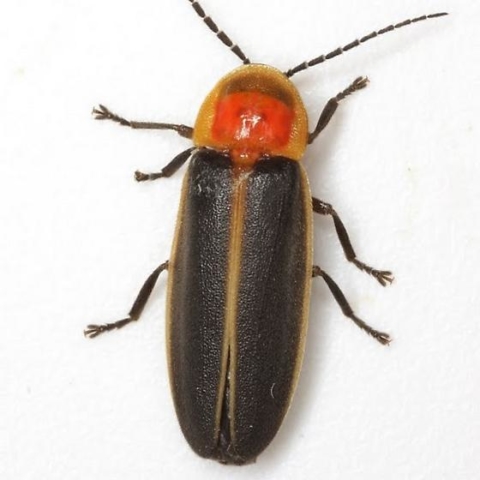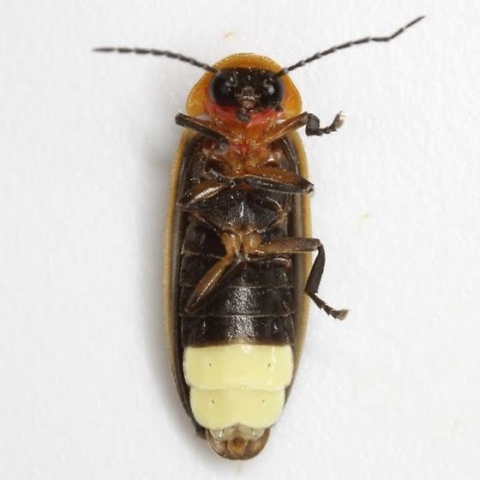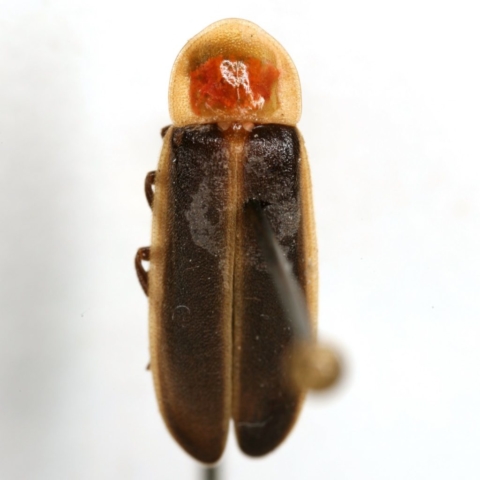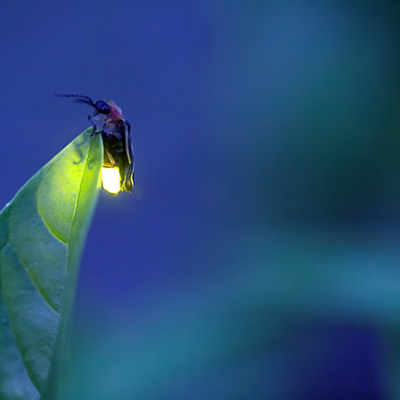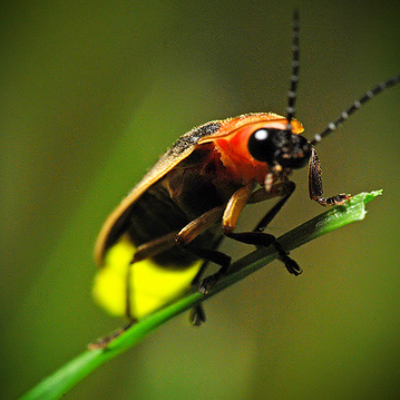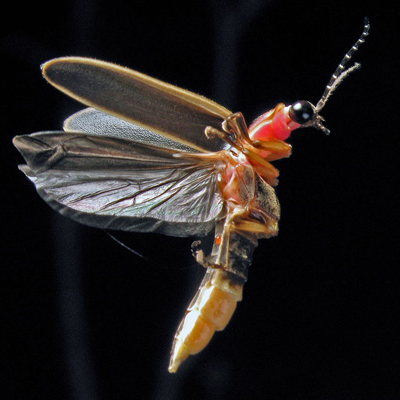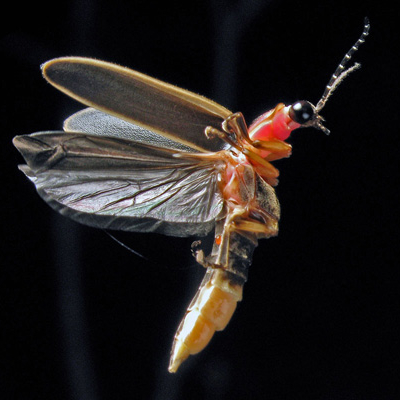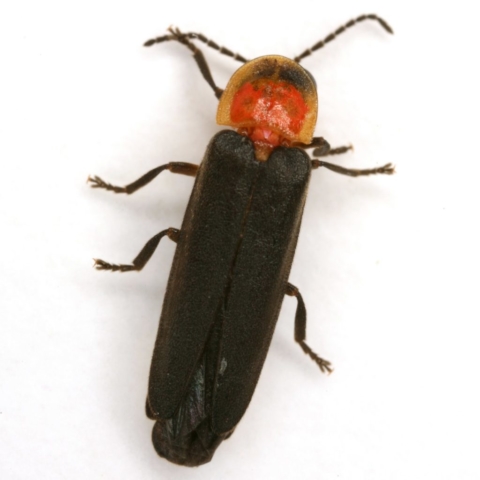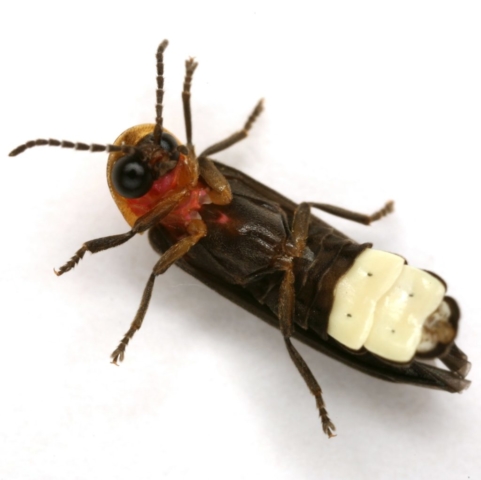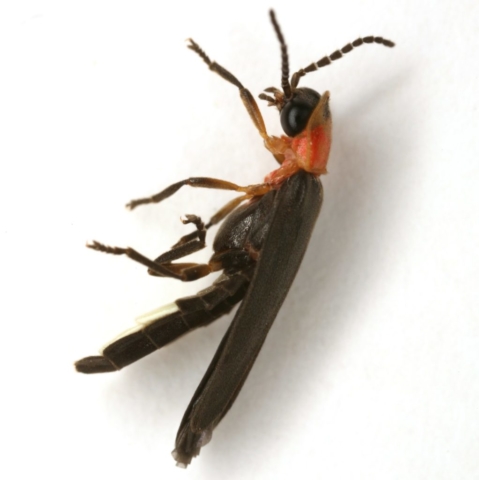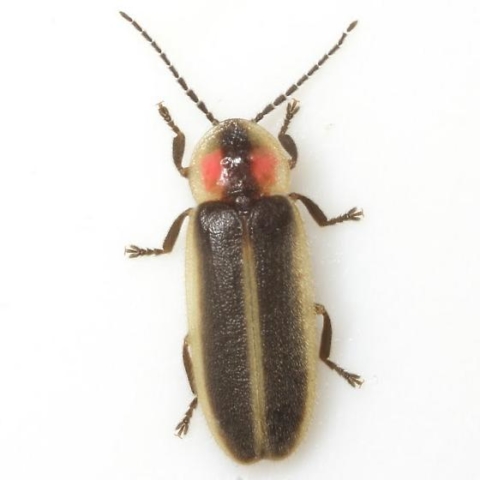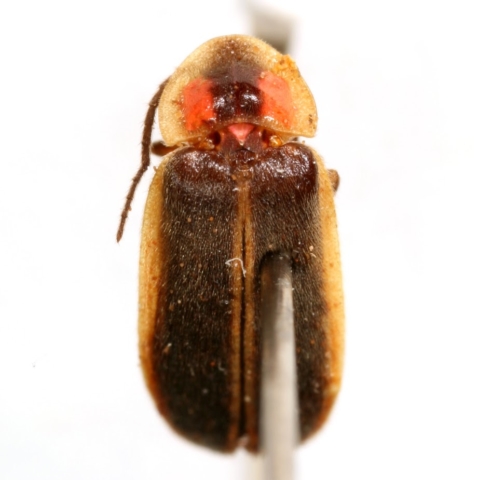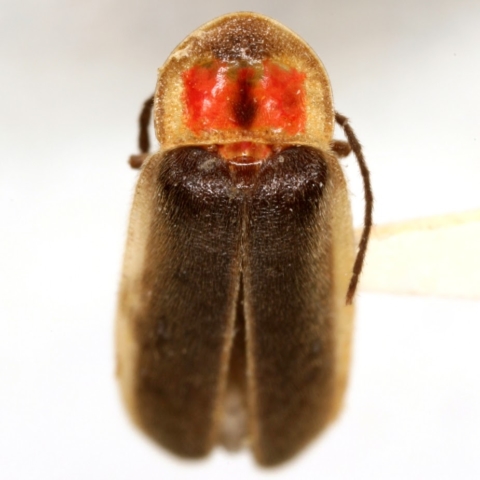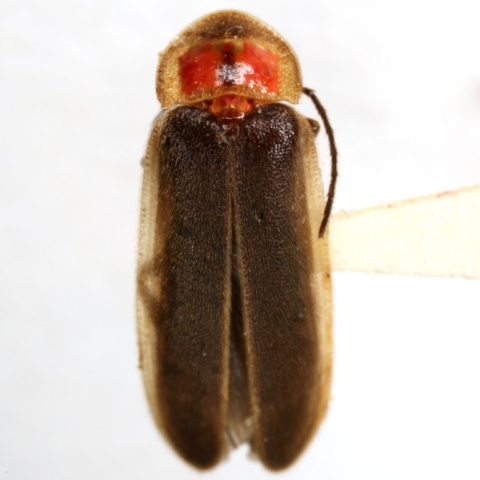
Field Guide: Fireflies of Texas
by Ben Pfeiffer
Texas is one of the most bio-diverse states in the continental US. A wide range of ecotypes – from wide open mountain ranges in the west, dense tall forests in the east, brush country of the south, and grasslands of the north – all contributing to extensive and exciting diversity in Texas’s firefly species. This field guide is the first attempt to document collectively the diversity of fireflies in Texas from a standpoint of both studying the morphological features but also documenting species specific behavior and flash patterns. This field guide is a work in progress, as new information is discovered it will be added here or updated frequently.
PHOTINUS CONCISUS
Quick ID: Central Texas firefly. Flashing 2 sec intervals at 76F. Flashes more often than P. pyralis. Shorter flight time than P. pyralis. Flashes more often as much as 1 sec interval in large groupings that lead to a near synchronous display.
What to Look For: Look 18-27 minutes after sunset. Active for 20 minutes and then diminishing. Consider location and flash behavior as helpful for finding this species. Flashes of males are roughly 2 sec intervals, or longer if temperature is colder ( less than 72F).
Size: 9.3-12.5mm
Appearance: Easily confused with P. pyralis, as they are similar in form. Certain morphological characteristics help distinguish P. concisus from P. pyralis. Namely, entire surface of ventral segment 5 entirely black or brown versus a variable translucent-yellow apical margin in P. pyralis.
Flash Behaviors: Males: Flash pattern a single flash about 0.4 seconds in duration; emitted about every two seconds of flight.
Females: Flash response pattern a single flash about 0.6 seconds in duration and emitted approximately 0.6 seconds after beginning of male flash.
Temperature: 76°F – Flash every 2 seconds.
Best Time: 18-27 minutes after sunset.
Habitat: Can vary. Typically oak hillsides, riparian corridors, and suburban lawns.
Distribution: Kerr, Comal, Travis, Uvalde, Val Verde and Gillespie Co.
PHOTINUS DIMISSIS
Quick ID: A small firefly of 5-7 mm in size. Emerges 30 min after dusk. Flash pattern is the best way to ID this firefly.
What to Look For: Commonly found with Photinus pyralis in the same habitat, but a lot less uncommon. Look for them 30 minutes after Photinus pyralis emerges. They fly moderately fast, lower to the ground, sometimes at the edges of a stream or bank. Their flash pattern is bimodal, which resembles a twinkle. Later as the evening progress they will fly higher in canopy.
Size: 5-7mm
Appearance: Triangular or roundish spot on head shield with two pinkish lobes on either side. Wing covers dark with thin pale yellow border. Can resemble a small Photinus pyralis, so flash pattern is often needed to ID.
Flash Behaviors: Fast flashes every 1.0, .08 seconds at 74°F. Bright twinkling flash as if bimodal. Females respond within 0.3-0.5 sec, single flash.
Temperature: 70°-85°F
Best Time: In June, 9:00pm - 10:00pm.
Habitat: Seems to prefer consistently wet muddy creeks and ephemeral streams in partially wooded areas in the Texas Hill Country. Likely able to colonize other areas but it is still undetermined as to its most preferable habitat. More susceptible to habitat changes and population decline than other species.
Distribution: Southern Oklahoma to Southern Texas. Does not reach southmost Texas.
PHOTINUS PYRALIS
Quick ID: Photinus pyralis is a habitat generalist, flying mainly in open areas, although it has been observed in woodlands and near rivers and streams as well.
What to Look For: P. pyralis has been found in relatively disturbed habitats, including yards, county parks, cemeteries, orchards, fields, and along roadsides, highways and railroads. You will often see it flashing in the front and backyards of suburban houses.
Size: 8-15mm
Appearance: Usually with a black pronotal spot on its head. In Texas, this spot is often lacking. In some habitats this spot is lacking so often you only see it in 25% of individuals. In some habitats occuring in more developed areas you will see 50% of the time.
Flash Behaviors: Displaying males emit long, yellow, J-shaped flashes as they fly at waist height through open areas. On rare occasion, a temporary and localized synchrony in male flashes results from the flash of one male advancing the flashes of nearby males.
Temperature: 87°F – Flash every 4 seconds
Best Time: This species is seen flying from mid-May to early-July. However, their seasonality appears to be quite variable, arriving as early as early-May and as late as late October, in some years. It is thought that in southern portions of its range including Texas it has two generations per year, and only one in northern states.
PHOTINUS STELLARIS
Flash Behaviors: Erratic in direction but consistent in intensity and length. Looks like little bolts of amber lightning streaking about sometimes over the tops of bushes, other times many feet in the air. Often seen perched on a branch, flashing single 1 sec. interval flashes. An active flyer earliest in the evening, while settling into a perched position later as flashing picks up from other fireflies. P. stellaris is a very reactive flasher - namely to the flashes of its own kind or even to the flashing of different species in the same area. This can cause very enjoyable flash "storms" that last up to an hour if weather conditions are ideal.
PHOTINUS TEXANUS
Quick ID: Photinus texanus is a flashing firefly species occurring in central and southern parts of Texas, U.S.A. and Coahuila, Mexico.
What to Look For: Often occurring with other Photinus species in the same habitat, look for very swift ~1 sec. interval flashes as it flashes above shrubs, small trees and grass clumps. Rarer in areas where development has occured. Almost always found in undisturbed riparian areas. Infrequently seen outside of riparian corridors.
Size: 5mm
Appearance: Very small Photinus, in shape and form similar to other small Photinus in Texas. It has a narrow yellow elytral margin and often the third and fourth abdominal are yellow as well. Look for a black median strip that occurs at the top of the pronotum extending all the way to the outer edge of the other side. This species can be differentiated from Photinus dimissus by this pronotal stripe, whereas Photinus dimissus has a triangular pronotal spot that does not stetch the entire length of the pronotum.
Flash Behaviors: ~1 second interval flashes. Sometimes faster. A scrappy and swift flyer that is very hard to catch. Sometimes you will see it under a very dark tree canopy near a riparian area such as a creek or river flashing in congregation with others. Moves higher into the tree tops as the night progresses.
Temperature: 75-90F
Best Time: Early 8:30-9:30pm in May-June.
Habitat: Primarily occurring in riparian corridors of creeks, rivers, and ephemeral streams. Flies outside of these areas as the night progresses and
Distribution: Central and southern Texas, all of the Edwards Plateau and some areas in the Trans-Pecos extending into Val Verde Co. where it was originally documented. A true Texas firefly.










































































